OECD Programme for International Student Assessment (PISA) Australia
Publication Date
3-11-2025
Subjects
mathematics achievement, international comparisons, mathematical literacy, mathematical applications, mathematics skills, cognitive skills, problem solving, mathematical thinking, mathematics teaching, mathematics anxiety, large scale assessment, measures, secondary school students, Programme for International Student Assessment (PISA)
Abstract
The Programme for International Student Assessment (PISA) is an international comparative study that assesses how well 15-year-olds, who have nearly completed compulsory schooling in most participating educational systems, can use their knowledge and skills to meet real-world opportunities and challenges. In each cycle of PISA, students are assessed in the domains of reading, mathematics and science. Each cycle has a domain that is the major focus and for which there is a higher proportion of questions than from the others. Mathematics was the major focus in the 2022 cycle. The mathematics assessment framework includes 2 mathematics subscales that reflect the complexity of mathematics. The content subscales (Change and relationships; Quantity; Space and shape; and Uncertainty and data) represent the core areas of mathematics knowledge that students encounter in educational curricula worldwide. The process subscales (Formulating situations mathematically; Employing mathematical concepts, facts and procedures; Interpreting, applying and evaluating mathematical outcomes; and, Mathematical reasoning) reflect the mental actions required for effective problem-solving in mathematics. This report presents the mathematics results on the content and process subscales for Australia as a whole, for the Australian states and territories and for the other groups in PISA 2022. This report also presents the results from the teacher questionnaire about the teaching of mathematics and explores the perspectives of teachers on the constructs of: goals and views about teaching mathematics; encouraging mathematical thinking; fostering reasoning; and, teaching of mathematical reasoning and 21st-century mathematics topics. Each construct examines the similarities and differences in teachers teaching of mathematics between countries, the Australian jurisdictions and different demographic groups. Similarly, the student questionnaire ascertains student perspectives about the constructs of: effort and persistence in mathematics; mathematics self-efficacy in mathematical reasoning and 21st-century mathematics topics; and, mathematics anxiety. The constructs present the similarities and differences in students' attitudes and behaviours toward learning mathematics between countries, the Australian jurisdictions and different demographic groups.
Recommended Citation
De Bortoli, L., & Underwood, C. (2025). PISA 2022. A closer look at mathematics in Australia. Australian Council for Educational Research. https://doi.org/10.37517/978-1-74286-786-1
Creative Commons License

This work is licensed under a Creative Commons Attribution 4.0 International License.
Copyright Statement
Copyright Commonwealth of Australia 2025
Place of Publication
Camberwell, Australia
Publisher
Australian Council for Educational Research
Language
English
ISBN
978-1-74286-786-1
DOI
https://doi.org/10.37517/978-1-74286-786-1
Geographic Subject
Australia
Included in
Educational Assessment, Evaluation, and Research Commons, International and Comparative Education Commons, Science and Mathematics Education Commons


Comments